The World Trade Organization’s (WTO) annual report on the state of global trade reflects how trade among nations creates economic, political and social change, which in turn shapes worldwide commerce. This extensive review provides readers with summary information as well as exhaustive detail on a variety of trade-related subjects, such as demographics, technology and energy. It includes practical information, theoretical frameworks, academic discussions and empirical research. getAbstract finds that this hefty treatise packed with the WTO’s informed insights is valuable reading for anyone involved in world trade, business or policy making.
The Trade Picture
World trade growth fell from 5.2% in 2011 to 2% in 2012. The euro crisis, attempts by European Union members to cut deficits and uncertainty about whether the US Congress could agree on a budget worked together to curtail growth and trade in both developed and developing economies.
Tallying EU members, the top exporters of goods in 2012 were the EU (14.7% of the world’s total), China (13.9%), the US (10.5%), Japan (5.4%) and South Korea (3.7%). The leading goods importers – excluding internal EU trade – were the US (15.6% of the world’s total), the EU (15.4%), China (12.2%), Japan (5.9%) and Hong Kong (3.7% or $554 billion). China’s trade growth continued, but a drop in import demand from the EU put limits on Chinese exports. Other developing countries suffered export declines as well. The trade picture in commercial services shows that the EU, the US, China, Japan and India are the leading importers and exporters.
Predictions
Projections about the future of international trade depend on forecasters’ assumptions about changes in many fields, including policy, energy, technology and resource supplies, and on patterns of population growth...










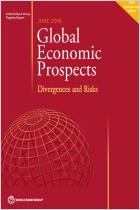
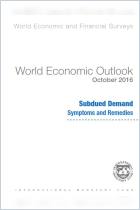
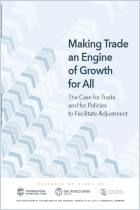
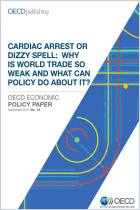
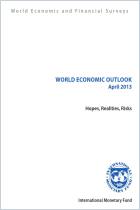




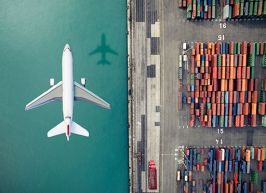

Comment on this summary or Iniciar a Discussão